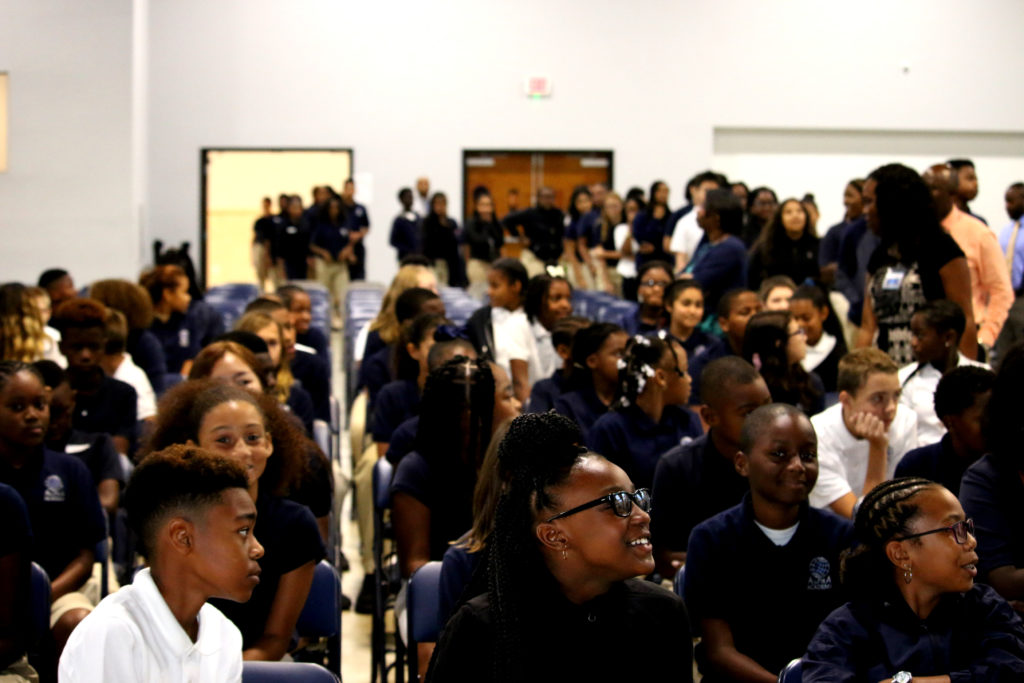
The Medical Statement for Students with Unique Mealtime Needs for School Meals helps schools provide meal modifications for students who require them. Schools cannot change food textures, make food substitutions, or alter a student’s diet at school without proper documentation from the healthcare providers. Completion of all items will allow your child’s school to create a plan with you for providing safe, appropriate meals and snacks to your child while at school. Your participation in this process is very important. The sooner you provide this signed and completed form to your child’s school, the sooner the School Nutrition Program and their staff can prepare the food your child needs. Your signature is required for your school to take action on the Medical Statement.
Follow these steps to get started:
1) Complete all sections of PART A of the Medical Statement.
2) Take the Medical Statement to your child’s pediatrician or family doctor/nurse practitioner/physician’s assistant and have him/her complete PART B.
3) RETURN THE FULLY COMPLETED MEDICAL STATEMENT WITH SIGNATURES FROM BOTH PARENT/GUARDIAN AND MEDICAL AUTHORITY, TO YOUR CHILD’S TEACHER, PRINCIPAL, NURSE, SPECIAL EDUCATION CASE MANAGER, OR SECTION 504 CASE MANAGER, SCHOOL NUTRITION ADMINISTRATOR, OR THE SCHOOL STAFF PERSON WHO GAVE YOU THE BLANK FORM.
4) Ask the school when a team, including you, the school system’s School Nutrition Administrator and others, will meet to consider the information provided on the form.
You may also invite people from the community who are knowledgeable about your child’s feeding and nutrition issues to the meeting. These would be people who could help school staff design a school mealtime plan for your child, like your child’s pediatrician, nurse, speech-language pathologist, occupational therapist, registered dietitian or personal care aide.
Download English Form Download Spanish Form








